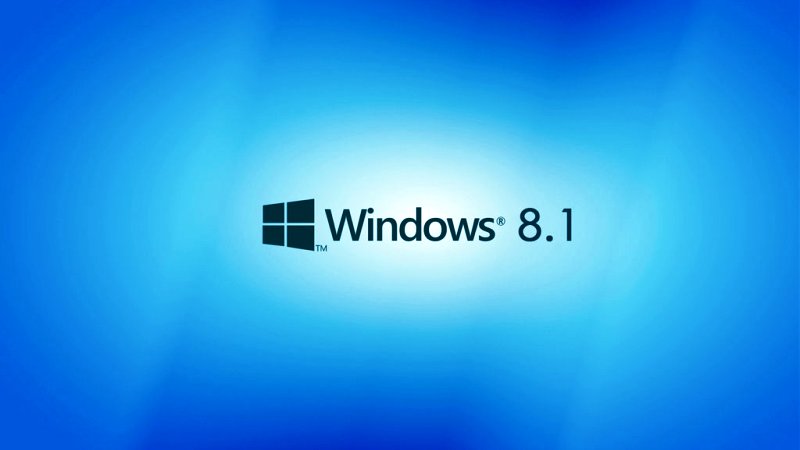Windows 8.1 can give you a bit hard time after installation or after upgrade. This can be due to improper optimization. Now there are various things you can do to improve the speed. You can use the system faster. My guide is going to help you with all those things letting you know to speed up your windows system.
I am going to give you most general tips here that will be help for helpful for everyone. Windows 8.1 comes with nice Metro UI interface. Windows OS usually get slow after a long time of usage. This is because of too much updates or files in the same. Now here you can optimize the same and make it performance far more better than before.
- Increasing the RAM Memory: More ram means more better performance. This OS needs atleast 1Ghz of processor. It is good if it is a dual core. There must minimum 2GB of ram with 20GB of internal storage space. A DirectX 9 compatible card to handle the graphics. If your system has a lower hardware than this then it means your system will be slower. So the first thing you must do is add more memory.
- Using SSD instead of regular Hard drive: SSD’s are loaded with more faster flash chip memories. You can use this as your first drive which will hold the operating system. A regular drive has platters and the speed depend on the rpm. But SSD’s are blazing fast. It is a costly but worth upgrade to have a fast system.
- Updating Drivers and system bios: Drivers are the most essential part of a operating system. Almost every hardware connected in your system has as drive. And if you had not updated that then there can be serious hardware issue. Damage or outdated drivers also cause blue screen on the system. So the first thing you must do is download all latest drivers. You can use a driver updater software for that. It will save your time in finding drivers manually. The second thing you can have to do is update your boards bios. It will enhance the system overall performance.
- Windows Update: Updates are also very important. Microsoft Officially release many updates after a time interval to make sure that your system is secure and up to date. Never skip a update. They add more features and also keeps all vulnerabilities out. It also add a stable system performance.
- Optimized Power Plan: If you are using a laptop, notebook or tablet pc then it is essential you must use a Performance Plan. There are few ready to use profile available in the power option. You just have to choose the one that save maximum power. A good power plan help your Os to perform better by turning off unwanted things in the background.
- Sleep Mode: When you are not using your pc it is better to put it on the sleep mode. You can reduce the pc sleep time. I think by default this one is hooked on 5 minutes. But you can make it lesser. And if you are no longer using turn your system off.
- Hybrid Startup and Shutdown: It is one of the best solution to boot your pc faster. But many ignore this thing. Hybrid startup increase your boot time. It will help you to load only required files. And it will also make your shutdown more fast compare to below. You can configure the startup from msconfig. You need a good ram to take maximum benefit from hibernation. And if you are not using hibernation turn it off. It will save a bit of memory and hard drive space also.
- Performance Visual: Windows 8.1 has a bit glossy screen. The screen looks amazing but I do not think you really need those visuals. You can turn them off and improve your system output. You can do that from Performance and Settings. You can improve the visual by choosing highest performance. You can disable various fading effects. There are third party tweaking software also available.
- Booting Windows Shutdown: You can increase windows shutdown also by reducing the application or services that are active in the system background. You can do that from Msconfig. Most of the time there are things you are never going to use. So just go in Services and disable them. This will boost the shutdown.
- Enable Write Caching: If you are using SSD, then you can simply enable Write Caching. Many SSD comes with ready to use Caching software. You can enable this and it will boost the output. You have to dedicate a specific amount of space to boost your application and program.
- Changing the Page File Location: System file automatically manage the page file. By default the page file is stored in windows partition. Which is the C drive. But you can simply change the partition. You can configure the D drive for that. Page file is essential to boost the system performance.
- Using a good Uninstaller: There are few amazing third party installers available on the web. Use the software to remove things which are not needed. It is better to remove things which are not going to use. And through Control Panel > Uninstall Programs you won’t be able to remove all of them. So use a good third party uninstallers.
- Clean Startup: If your startup is loaded with various applications then you might face problem with the boot time. Your system will take really long time to start. You have to disable maximum things from that. You can do that by deleting applications from Start > Startup or you can also do the same from msconfig.
- Turning off not needed Services: Go in Control Panel > Administrative Services > Services. In that you can find out too many options that are active. You can find detail about the service on internet. Turn off which you are not going to use. This is a time consuming process but very effective for getting maximum output.
- Use IE without Add-on: Internet Explorer is the default web browser on Windows 8.1. A number of time when you install toolbars or add-ons they also appear on the browser. You must disable all of them. If you are not using IE then you can simply skip this step.
- Turn of Help Tips: Help tips is one more thing that appear on the home screen when you boot your system. You must turn them off. You can do that from the Control panel. You can disable the tips so that your boot time is less.
- Optimize Drive: Windows 8.1 has some really effective maintenance task. You can use this to increase the device output. It is essential that you must checkout the maintenance task and enable drive optimization a regular time interval. That will be really more helpful. Configure Defrag and Trim on regular basis.





